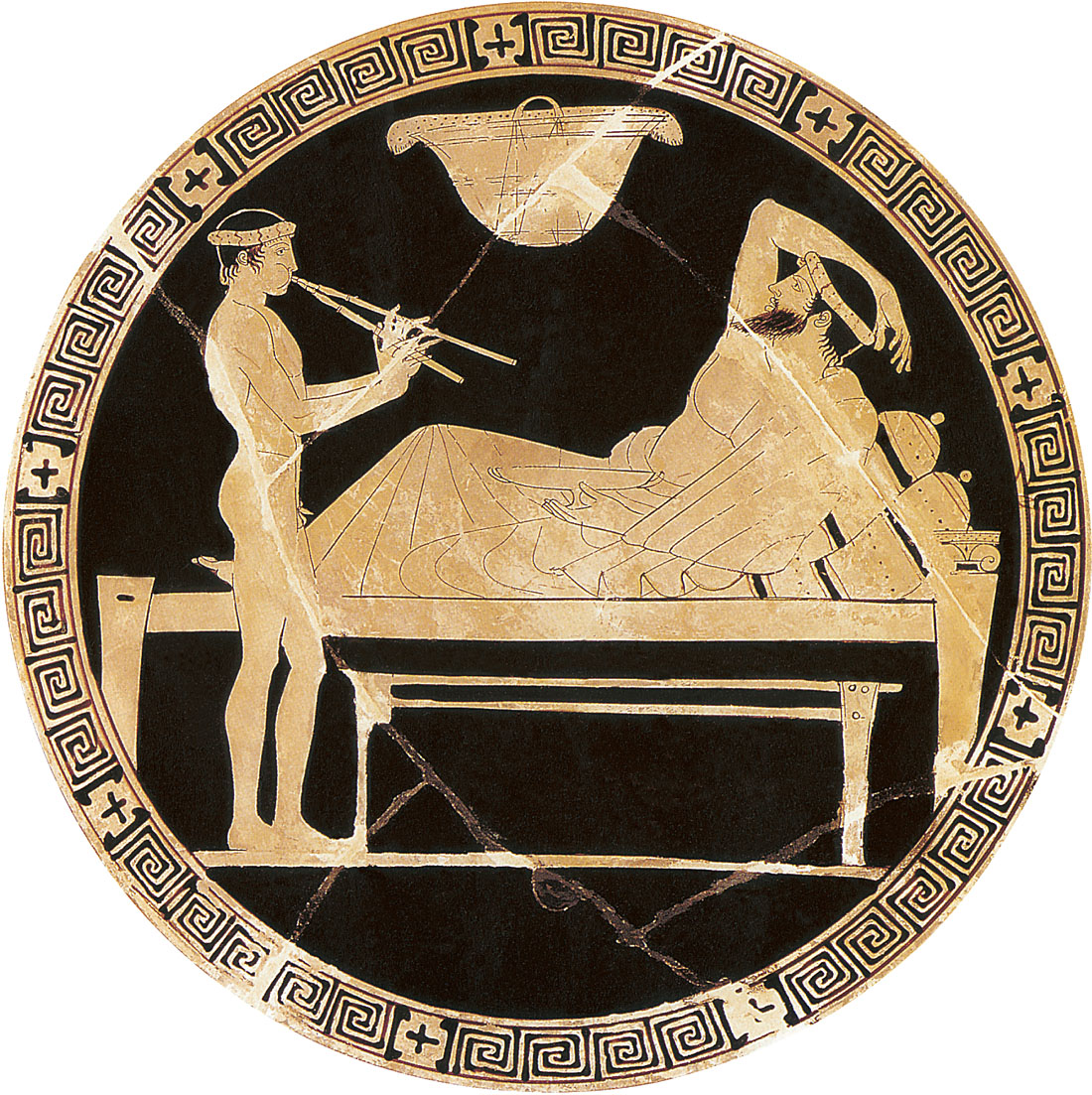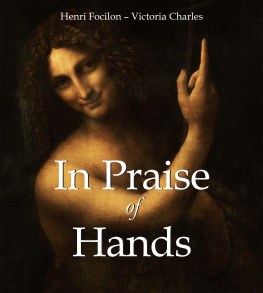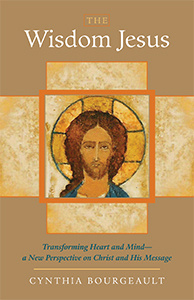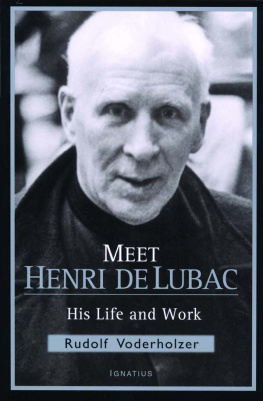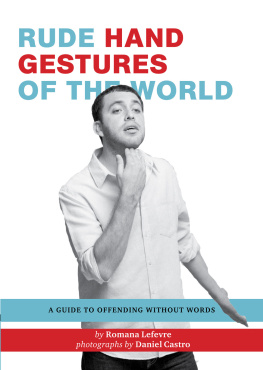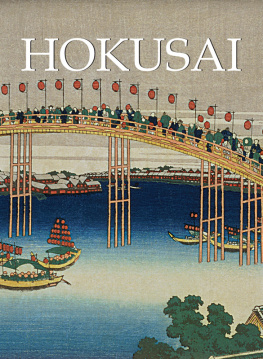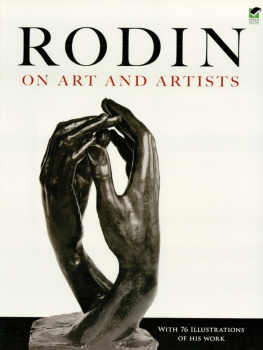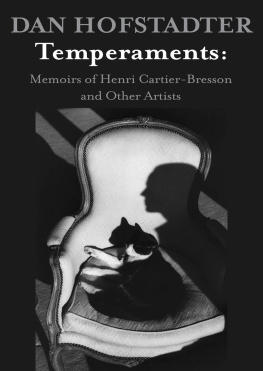Author:
Henri Focilon
Victoria Charles
Layout:
Baseline Co. Ltd
Ho Chi Minh City, Vietnam
Parkstone Press International, New York, USA
Confidential Concepts, worldwide, USA
Image-Bar www.image-bar.com
All rights reserved.
No part of this publication may be reproduced or adapted without the permission of the copyright holder, throughout the world. Unless otherwise specified, copyrights on the works reproduced lies with the respective photographers. Despite intensive research, it has not always been possible to establish copyright ownership. Where this is the case we would appreciate notification.
ISBN: 978-1-68325-458-4
Henri Focilon Victoria Charles
In Praise
of
Hands

These hands have their character and souls,
They are a world in movement, so it seems;
The thumb and little finger are the poles
Between which flow the strange magnetic streams.
Paul Verlaine
Contents
List of Illustrations
A
B
C
D
E / F
G
H
I / J
K / L
M
N / O
P
R
S
T
U
V
W
Y
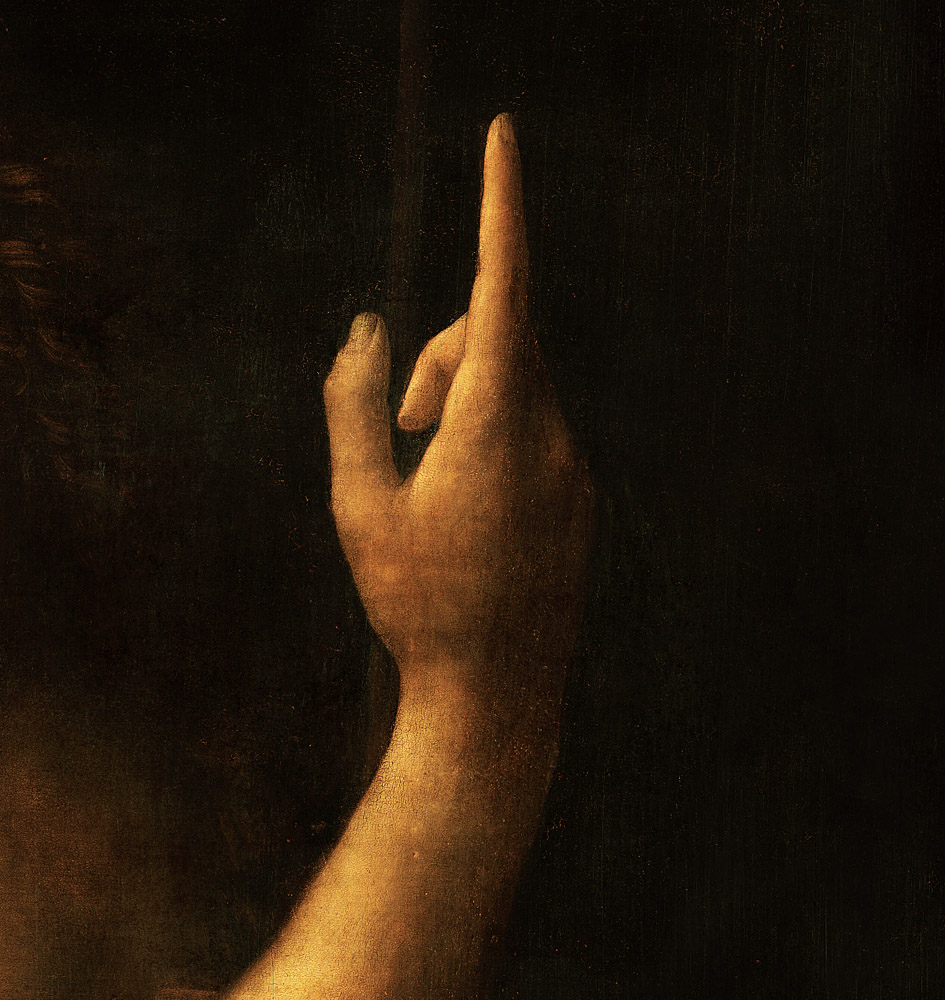
Leonardo da Vinci,St John the Baptist (detail), c. 1513-1516.
Oil on wood, 69 x 57 cm. Muse du Louvre, Paris.
List of Artists
Anonymous
Beckmann, Max
Bein, Jean
Blake, William
Bonzagni, Arnoldo
Botticelli, Sandro
Bouguereau, William-Adolphe
Canova, Antonio
Carabin, Franois-Rupert
Caravaggio
Cassatt, Mary
Czanne, Paul
Claudel, Camille
Cobler, Veretta
Courbet, Gustave
Couture, Thomas
Da Vinci, Leonardo
David, Jacques-Louis
Degas, Edgar
Derain, Andr
Devria, Achille
Drer, Albrecht
El Greco
Euaion Painter
Fingesten, Michel
Fragonard, Jean-Honor
Gauguin, Paul
Grasset, Eugne
Greuze, Jean-Baptiste
Hagesandros, Athenedoros, and Polydoros
Hayez, Francesco
Heliodorus of Rhodes
Hildebrandt, Ernst
Hodler, Ferdinand
Hokusai
Holbein the Younger, Hans
Hunt, William Holman
Ingres, Jean-Auguste-Dominique
Klimt, Gustav
Manet, douard
Michelangelo
Millais, Sir John Everett
Modigliani, Amedeo
Mouton, Georges
Mucha, Alphonse
Munch, Edvard
Myron
Pascin, Jules
Pollaiuolo, Piero del
Praxiteles
Puvis de Chavannes, Pierre
Raphael
Rembrandt
Renoir, Pierre-Auguste
Rodin, Auguste
Rossetti, Dante Gabriel
Rubens, Peter Paul
Santi, Giovanni
Sassy, Attila
Schiele, Egon
Stuck, Franz von
Studio Biederer
Titian
Toulouse-Lautrec, Henri de
Vallotton, Flix douard
Van Eyck, Jan
Van Gogh, Vincent
Zuid, Giovanni

I am undertaking this praise to the hand as I would fulfil a duty to a dear friend. When I start to write, I see my own hands soliciting my mind, leading it. They are always there, these tireless companions, who during so many years completed their arduous tasks, one holding the piece of paper in place and the other tracing multiple hurried marks, sombre but active, onto the white page. With them, man becomes aware of the difficulty of thought. They transcend the writing pad. They grant the pad a shape, a contour, and on top of that they add a style to the writing itself.
They are almost animated beings. Servants? Perhaps. Yet gifted with a free and energetic genius, as well as a physiognomy, like faces without eyes or a voice but who can see and speak. Over time, some blind people acquire a sharpness of touch that enables them to discern the individual suits in a deck of cards by sensing the minute thickness of the image, but the sighted also need their hands to see, to complete the perception of appearance through touch. The hands have their aptitude inscribed in their shape and design: the slender hands of the expert in analysis; the long and mobile fingers of the thinker; prophetic hands bathed in fluids; spiritual, tender hands which even when they are not moving, exude grace and character. Physiognomy, long ago practiced with diligence by the masters, would be enriched with a chapter on hands. The human face is mainly composed of receptive organs, but the hand is about action: it takes, it creates, and it could be said that it thinks. When resting, it is not a soulless tool abandoned on a table or hanging down the side of a body. Habit, instinct, and the desire to move are latent within it, and it does not take long to determine the intended action.
The great artists gave an extreme amount of attention to the study of hands. They felt its powerful virtue better than ordinary men because they lived by them. Rembrandt demonstrates this in the diversity of emotions, types, ages, and circumstances he paints: a hand open in shock, dressed, immersed in shadow, against the light like that of a witness in ; Rembrandts drawing hand; the formidable hand of Saint Matthew writing the Gospel as dictated to him by an angel; the hands of the crippled old man in Hundred Guilder Print, doubled by the big mittens innocently hanging from his belt. It is true that certain masters painted hands from a practical perspective with a consistency that did not disappoint, a useful anthropometric measurement for critics classifications, but how many drawing sheets betray this analysis with their individuality? These lonely hands live with intensity.
What is this privilege? Why does this deaf and dumb organ communicate with such persuasive power? Because it is the most original and the most differentiated, like a superior being of life. The wrist provides a delicate hinge articulated by ossicles. Five bone branches flow underneath the skin, with their system of nerves and ligaments, then veer off to create five separate fingers, each one made up of three joints, each one with their own abilities and spirit. A flat plain bulging with veins and arteries, rounded at the edges, connects the wrist with the fingers, whose hidden structure it covers. The palm is a repository. In the active life of the hand, it can tense and harden as well as mould itself around an object.
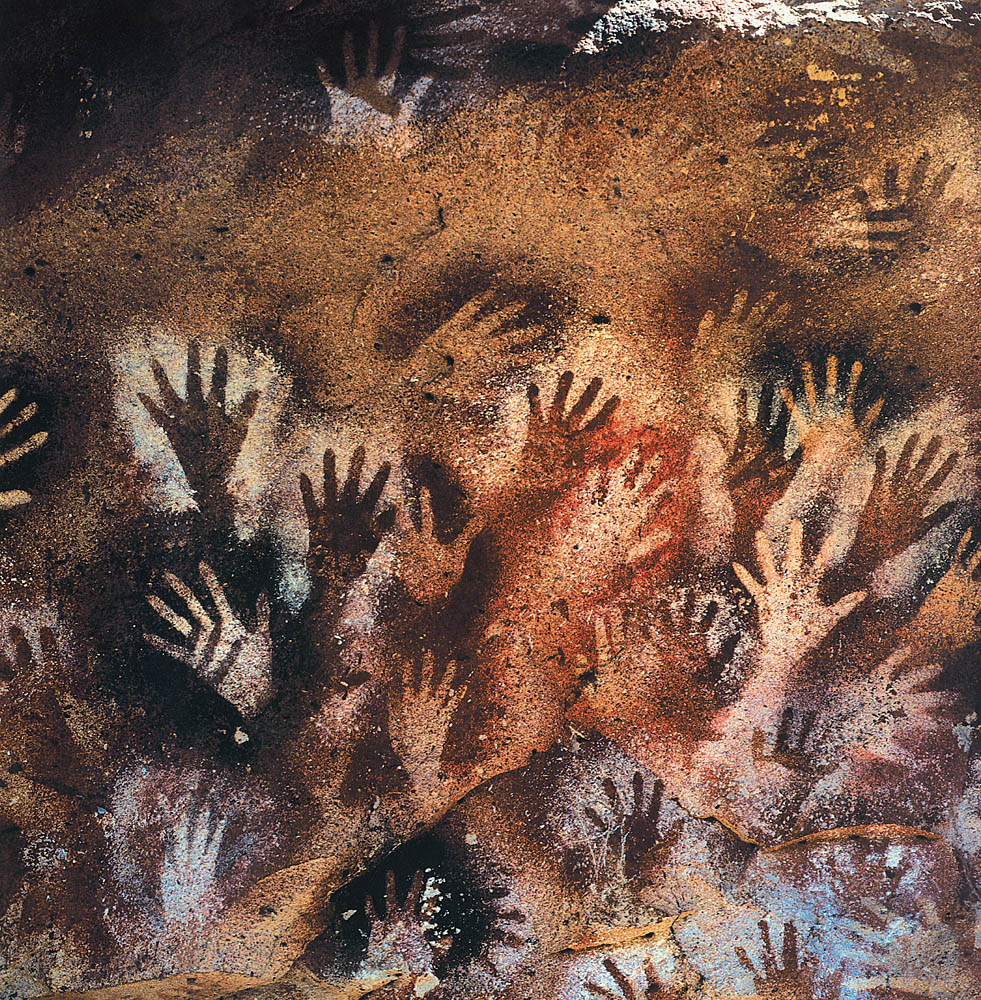
Anonymous, A Crowd of Hands, c. 9000-7000 BCE
Cueva de las Manos, Argentina
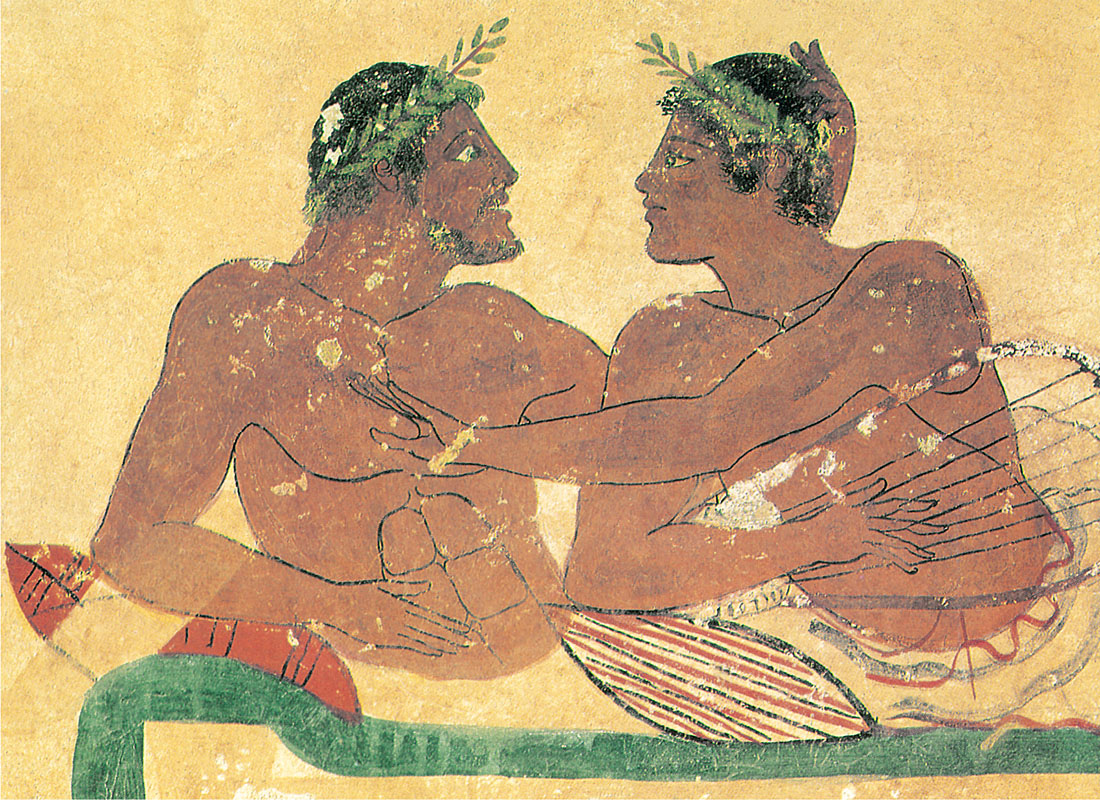
Anonymous, Greek Painting Depicting a Couple, 480 BCE
Museo Archeologico Nazionale di Paestum, Capaccio
